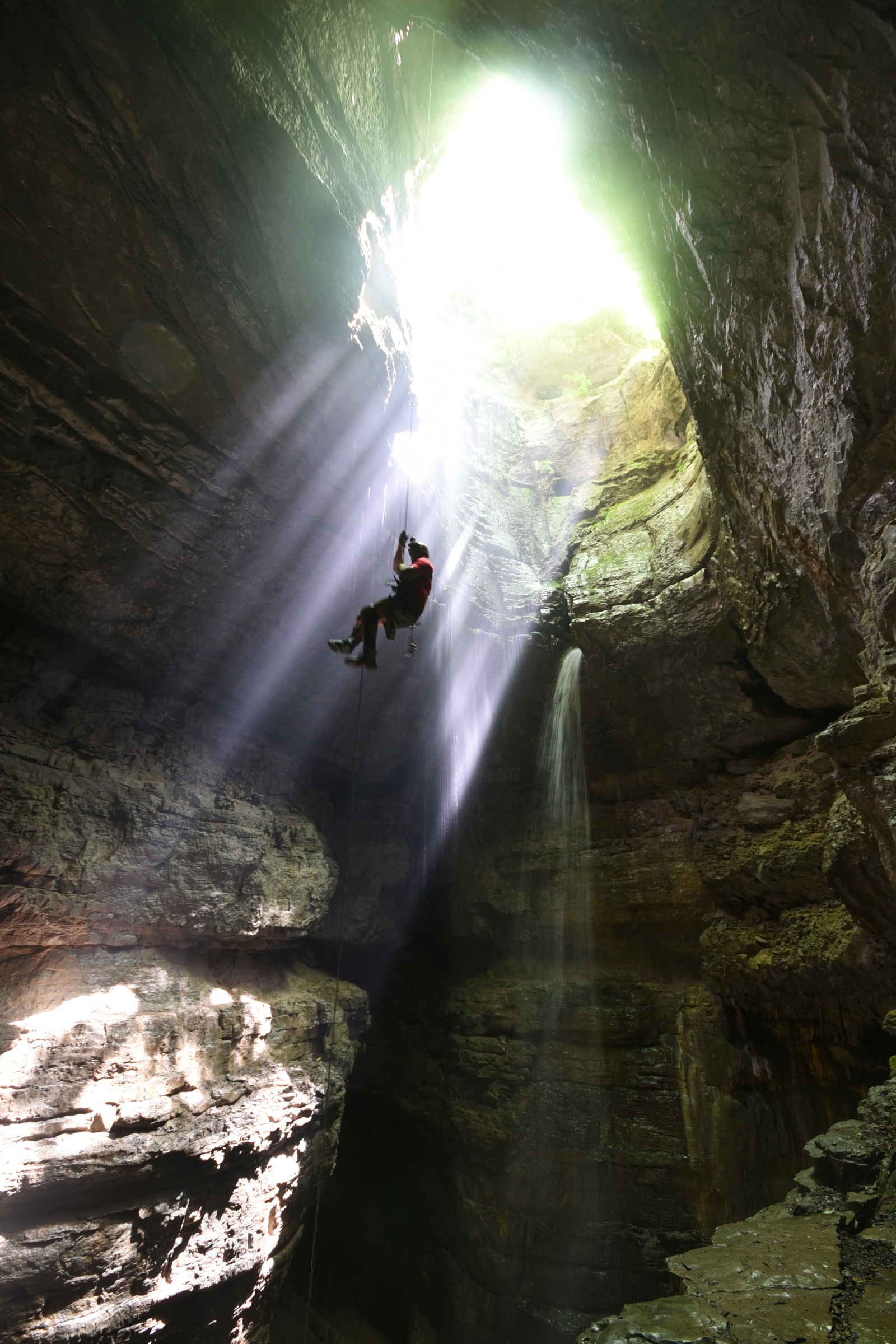One of the world's largest conservancies dedicated primarily to preserving caves has opened its headquarters on Signal Mountain.
The Southeastern Cave Conservancy Inc. - an organization with 1,000-plus members, volunteers and one full-time employee - moved into its Fairmont Pike facilities last month and will coordinate its conservation efforts across the region from the local office.
"Chattanooga is the center of caving for America," said Buddy Lane, one of the founding members of the organization.
More than 17,000 known caves are in the Southeast, with thousands of those in the Chattanooga area. The tri-state region, referred to by cavers as TAG (Tennessee, Alabama and Georgia), may be the most-renowned caving destination in the U.S. The widespread limestone throughout the three states and into Kentucky has created a caving network that attracts spelunkers from across the world.
The conservancy owns 2,000 acres of property with caves, protects another 2,000 acres and consults for property owners wanting to protect caves on their own properties. While based in Chattanooga, the organization has members from the U.S., Canada and Europe. And until now, it had no official office.
"It gives us a central place to operate," said Tripp Lichtefeld, the president of local caving group Chattanooga Grato and a member of SCCi. "Instead of having to spread out, there will be a central building."
The group used to hold gatherings in members' homes. The headquarters will serve as the office for the organization's executive director and sole employee, Ray Knott, but that could change soon.
The organization owns caves across 31 preserves, each with a volunteer overseer, and is growing. Its 170-plus caves across six states saw more than 15,000 visitors last year. That number will grow as the organization continues to buy properties with caves and so will its conservation work.
"To keep handling the amount of work that needs to be done to really safeguard these very sensitive environments, yes, we need to grow," Knott said. "We need more support. The work continues to grow."
The organization's primary goal will remain the preservation of caves and their dwelling species - of which there are more than 1,000. Many of the organization's caves are open only part of the year to coordinate with the bats' hibernation.
"What we strive to do is we are always balancing recreational access with conservation," Knott said. "It almost becomes a daily balance of what is the right amount of visitation to still maintain the habitat for endangered species or historic artifacts while still allowing people to enjoy caves as much as possible."
Contact staff writer Mark Pace at mpace@timesfreepress.com or 423-757-6659. Follow him on Twitter @themarkpace and on Facebook at ChattanoogaOutdoorsTFP.

